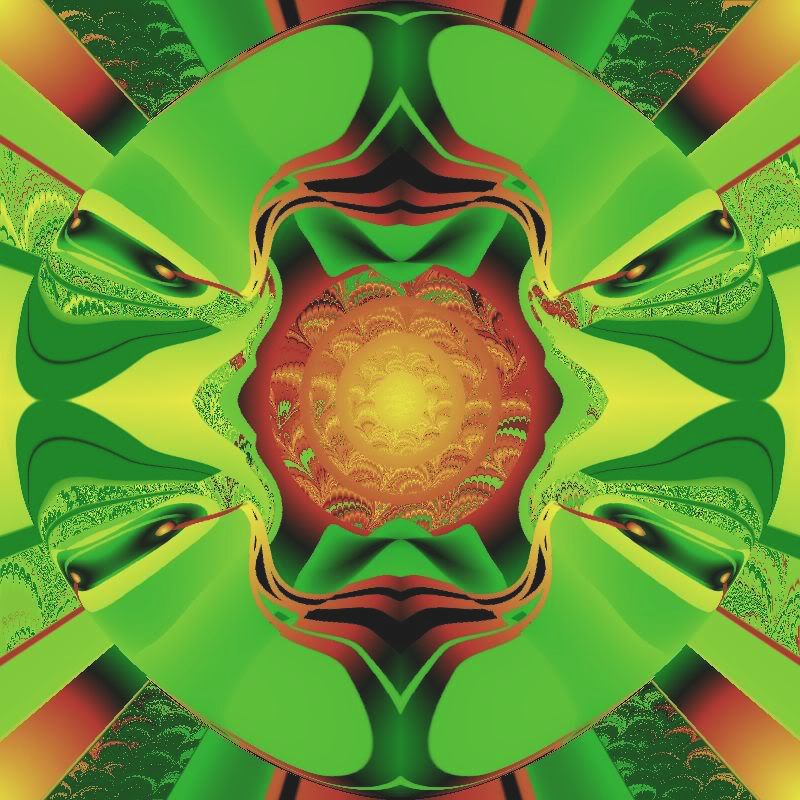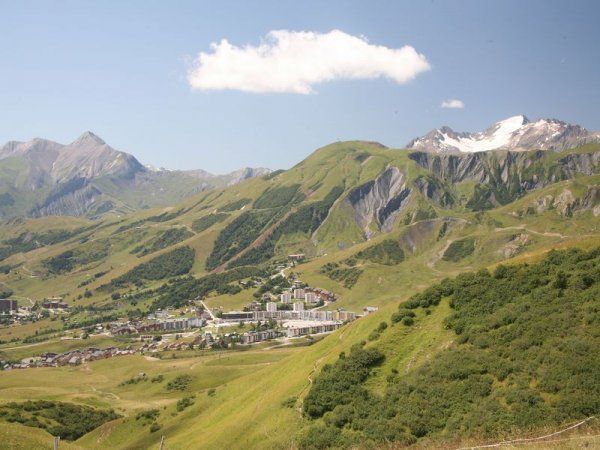On this day in 1930, the first two World Cup matches took place simultaneously on 13 July and were won by France and USA, who defeated Mexico 4-1 and Belgium 3-0 respectively. The first goal in World Cup history was scored by Lucien Laurent of France. In the final, Uruguay defeated Argentina 4-2 in front of a crowd of 93,000 people in Montevideo, and in doing so became the first nation to win the World Cup.
Previous international competitions
 The world’s first international football match was a challenge match played in Glasgow in 1872 between Scotland and England, which ended in a 0-0 draw. The first international tournament, the inaugural edition of the British Home Championship, took place in 1884. At this stage the sport was rarely played outside the United Kingdom. As football grew in popularity in other parts of the world at the turn of the 20th century, it was held as a demonstration sport with no medals awarded at the 1900 and 1904 Summer Olympics (however, the IOC has retroactively upgraded their status to official events), and at the 1906 Intercalated Games.
The world’s first international football match was a challenge match played in Glasgow in 1872 between Scotland and England, which ended in a 0-0 draw. The first international tournament, the inaugural edition of the British Home Championship, took place in 1884. At this stage the sport was rarely played outside the United Kingdom. As football grew in popularity in other parts of the world at the turn of the 20th century, it was held as a demonstration sport with no medals awarded at the 1900 and 1904 Summer Olympics (however, the IOC has retroactively upgraded their status to official events), and at the 1906 Intercalated Games.
After FIFA was founded in 1904, it tried to arrange an international football tournament between nations outside the Olympic framework in Switzerland in 1906. These were very early days for international football, and the official history of FIFA describes the competition as having been a failure.
At the 1908 Summer Olympics in London, football became an official competition. Planned by The Football Association (FA), England’s football governing body, the event was for amateur players only and was regarded suspiciously as a show rather than a competition. Great Britain (represented by the England national amateur football team) won the gold medals. They repeated the feat in 1912 in Stockholm, where the tournament was organised by the Swedish Football Association.
With the Olympic event continuing to be contested only between amateur teams, Sir Thomas Lipton organised the Sir Thomas Lipton Trophy tournament in Turin in 1909. The Lipton tournament was a championship between individual clubs (not national teams) from different nations, each one of which represented an entire nation. The competition is sometimes described as The First World Cup, and featured the most prestigious professional club sides from Italy, Germany and Switzerland, but the FA of England refused to be associated with the competition and declined the offer to send a professional team. Lipton invited West Auckland, an amateur side from County Durham, to represent England instead. West Auckland won the tournament and returned in 1911 to successfully defend their title. They were given the trophy to keep forever, as per the rules of the competition.
In 1914, FIFA agreed to recognise the Olympic tournament as a “world football championship for amateurs”, and took responsibility for managing the event. This paved the way for the world’s first intercontinental football competition, at the 1920 Summer Olympics, contested by Egypt and thirteen European teams, and won by Belgium. Uruguay won the next two Olympic football tournaments in 1924 and 1928. Those were also the first two open world championships, as 1924 was the start of FIFA’s professional era.
Due to the success of the Olympic football tournaments, FIFA, with President Jules Rimet the driving force, again started looking at staging its own international tournament outside of the Olympics. On 28 May 1928, the FIFA Congress in Amsterdam decided to stage a world championship itself. With Uruguay now two-time official football world champions and to celebrate their centenary of independence in 1930, FIFA named Uruguay as the host country of the inaugural World Cup tournament.
The national associations of selected nations were invited to send a team, but the choice of Uruguay as a venue for the competition meant a long and costly trip across the Atlantic Ocean for European sides. Indeed, no European country pledged to send a team until two months before the start of the competition. Rimet eventually persuaded teams from Belgium, France, Romania, and Yugoslavia to make the trip. In total thirteen nations took part: seven from South America, four from Europe and two from North America.
World Cups before World War II
After the creation of the World Cup, the 1932 Summer Olympics, held in Los Angeles, did not plan to include football as part of the schedule due to the low popularity of the sport in the United States, as American football had been growing in popularity. FIFA and the IOC also disagreed over the status of amateur players, and so football was dropped from the Games. Olympic football returned at the 1936 Summer Olympics, but was now overshadowed by the more prestigious World Cup.
The issues facing the early World Cup tournaments were the difficulties of intercontinental travel, and war. Few South American teams were willing to travel to Europe for the 1934 and 1938 tournaments, with Brazil the only South American team to compete in both. The 1942 and 1946 competitions were cancelled due to World War II and its aftermath.





